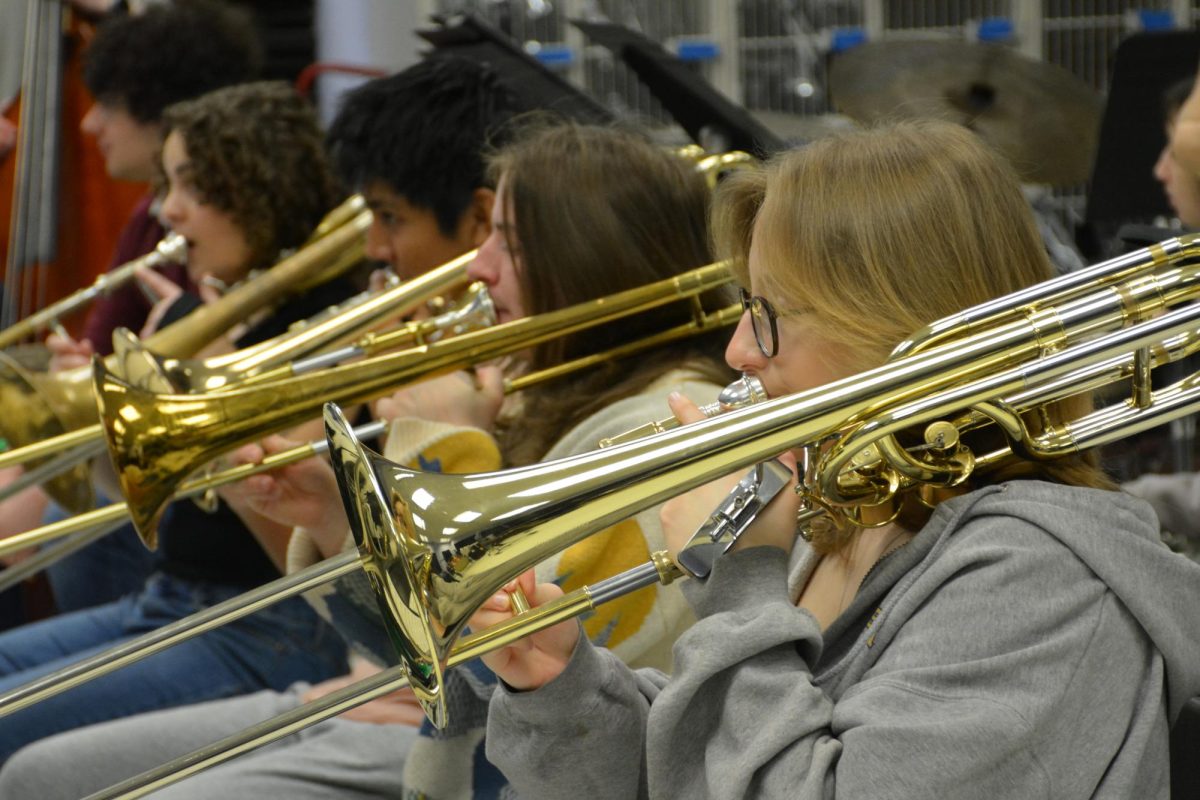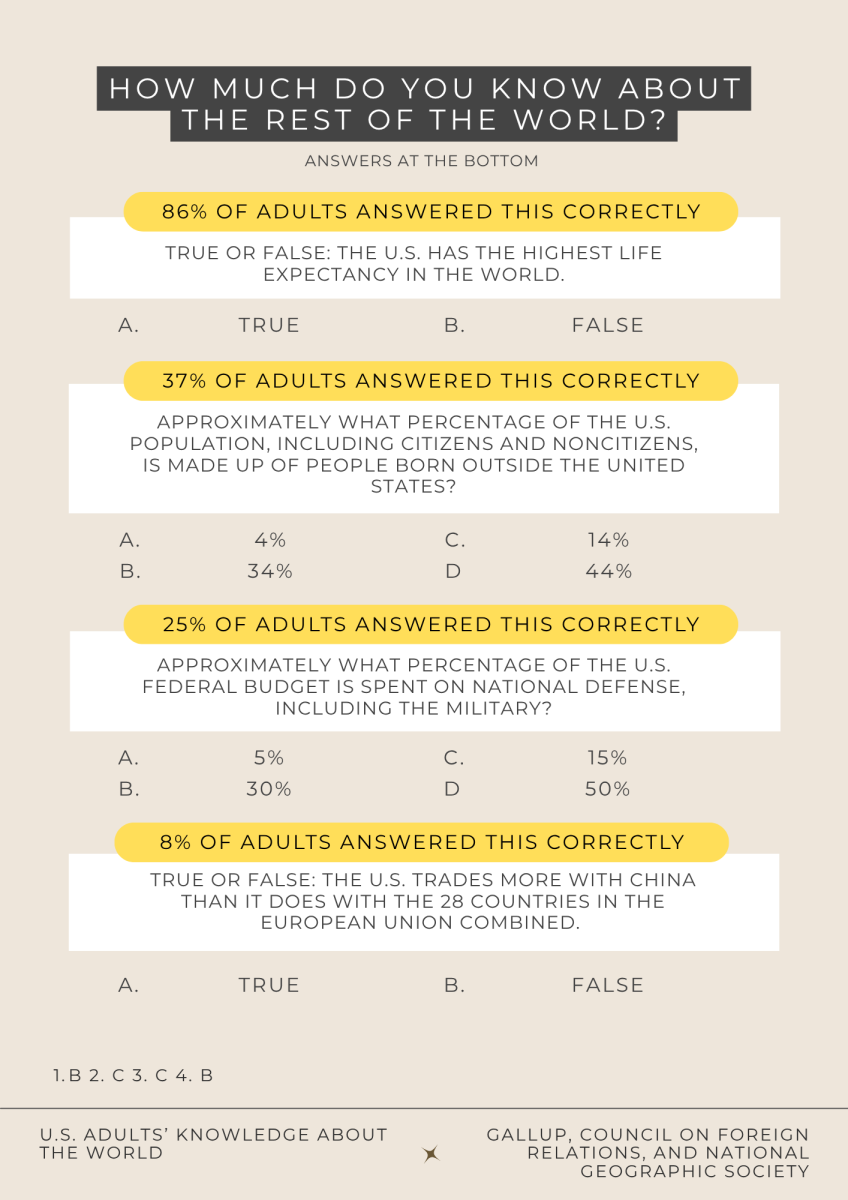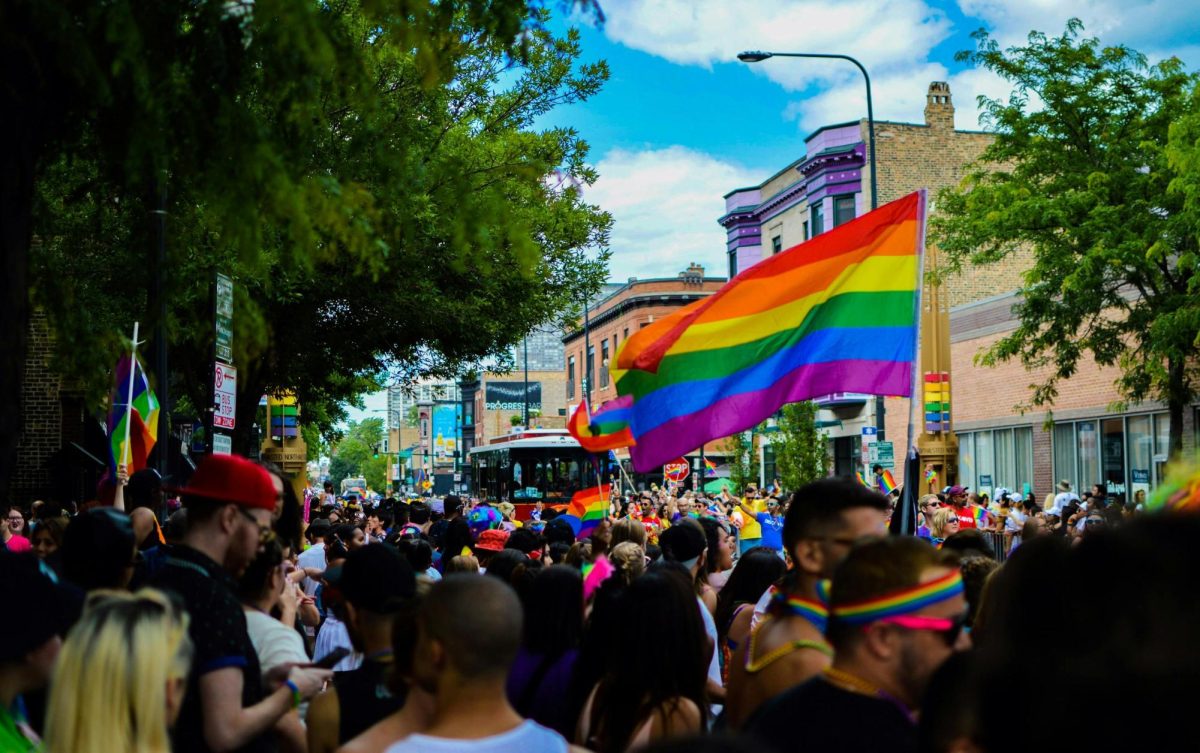Amongst the crowded streets and flashing lights of Manhattan, pockets of art began to blossom throughout early jazz clubs of the 1920s. Corners of restaurants and clubs were filled with rhythms and melodies that had never been heard in America before. The rise of jazz throughout the Harlem Renaissance, coined as the revival of Black art in the US, would go on to challenge both musical and societal boundaries.
Nearly a century later, jazz has stretched far beyond the typical “blues” and “big band” music of its origins. With over 35 individual genres under the jazz umbrella that have expanded in their own distinct ways and the ease with which people can now access any song, per MusicBrainz, the present day should be an era in which jazz prospers the most—except, it is not.
Jazz has drastically fallen in popularity in recent years, evident by the fact that it was only 1.1% of all music consumed in the US in 2020, compared to R&B and hip hop’s collective 83%, per Gitnux. With the rise of rock and roll in the 1960s and pop in the later 2000s, jazz became a more niche interest in the music world. Jazz is even less popular among younger audiences, leaving people between 25 and 48 years old as jazz’s biggest crowd, according to the National Endowment of the Arts. Compared to its roots as one of America’s completely original music genres, modern day consumption of jazz is very lacking.
While the typical big band or blues that might be played at a happy hour may not stray too far from traditional musical standards, jazz music can contain elements that are more out of the ordinary, such as shifting time signatures that alter the beat of the song. These elements, which often differ from the more consistent beat of rock, rap and pop songs, might make jazz appear abnormal. However, these unique qualities allow the genre to stand out in the music world.
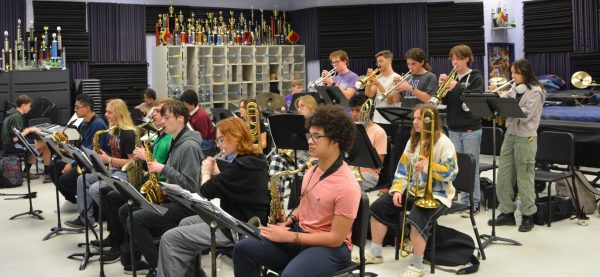
The freedom of self-expression that is inherent to jazz allows for artists to establish emotions and feelings in its music to a greater extent than other genres. Jazz fusion is a prominent example of this, which, as the name implies, combines different genres of music together. Through this sect of jazz alone, a variety of sub-genres have popped up: electric plus jazz, funk plus jazz and alternative plus jazz are just a few of the combinations that have risen from fusion. A few prominent examples of this genre are “Pink Partido” by Tore Andreaseen and “Aircraft” by Dennis Chambers (sorry, Spotify was blocked).
This idea of creativity expands into how jazz itself is played within each song. A fundamental part of jazz music is soloing, where individual musicians deviate from the main melody into their own refrain. Jazz also allows for musicians to express themselves through more free-flowing-feels in its music. A chief example of this is “The Space Travellers Lullaby” by saxophonist Kamasi Washington, which integrates a chorus alongside some traditional jazz instruments in order to convey the many different emotions throughout the song.
Even if the genre has lost popularity, jazz is still being interpreted in many different ways today. Modern artists such as Laufey have mixed elements of jazz with traditional pop and orchestral instrumentals to create a powerful and successful blend of genres. Listeners’ love for her unique multi-genre blend helped her win her first award at the 2023 Grammys. Other notable artists have found their own variations of jazz, such as Nubya Garcia’s integration of neo-soul into her music.
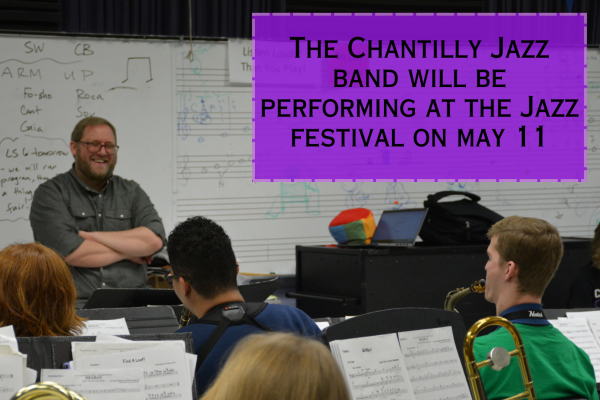
With the current era allowing for easy access to discover new music, anyone can find a jazz genre or artist that they enjoy simply by letting Spotify or other streaming services recommend listeners new songs. Countless websites online exist as well to help people find jazz music that they might enjoy, such as the Alexander Street Jazz Music Library.
Jazz music not only contains countless notable advancements in the music world, but also holds vital historical significance throughout the 20th century. The countless genres and variations that exist today continue to push the limits on what music can be. Because of all of its achievements, jazz deserves more recognition in the modern music world.


